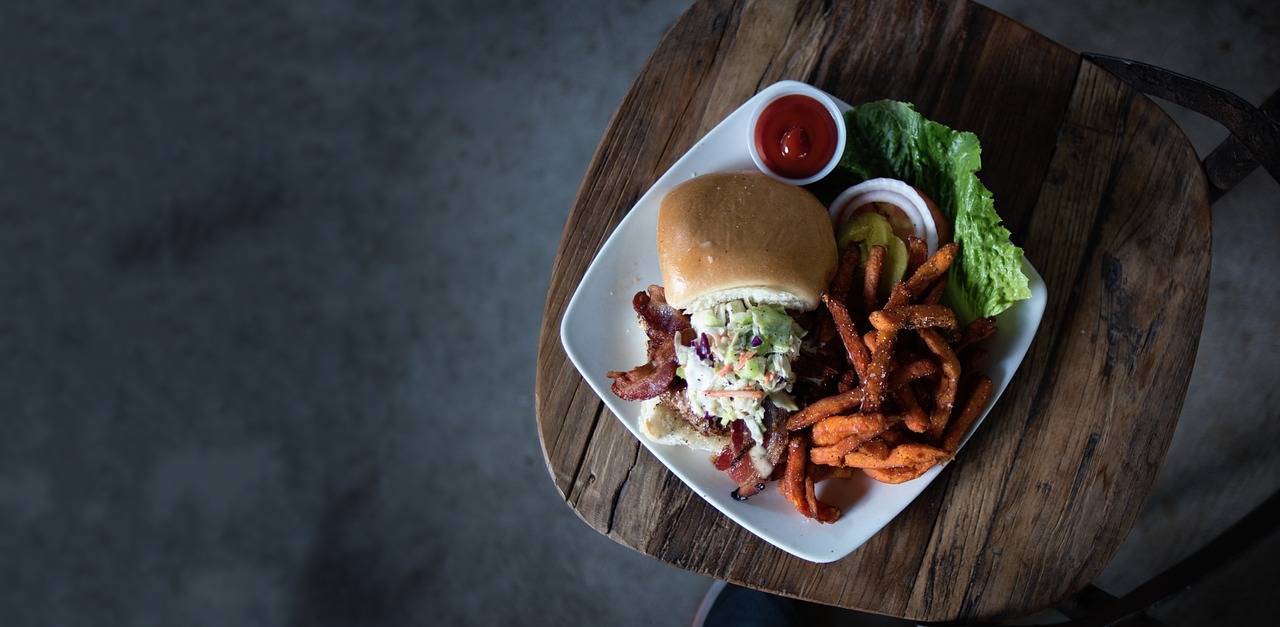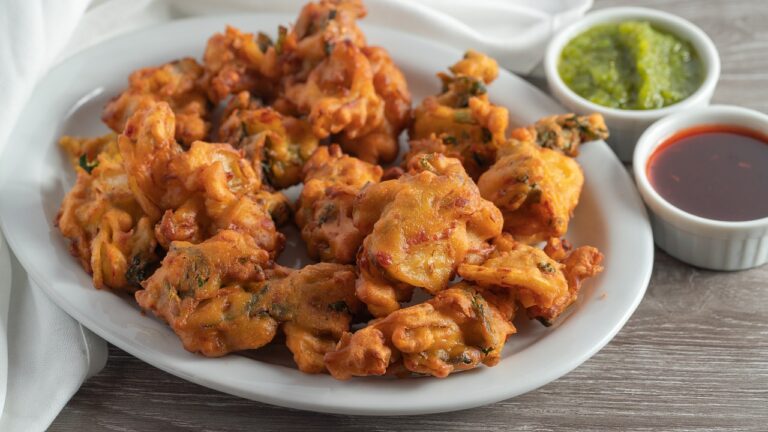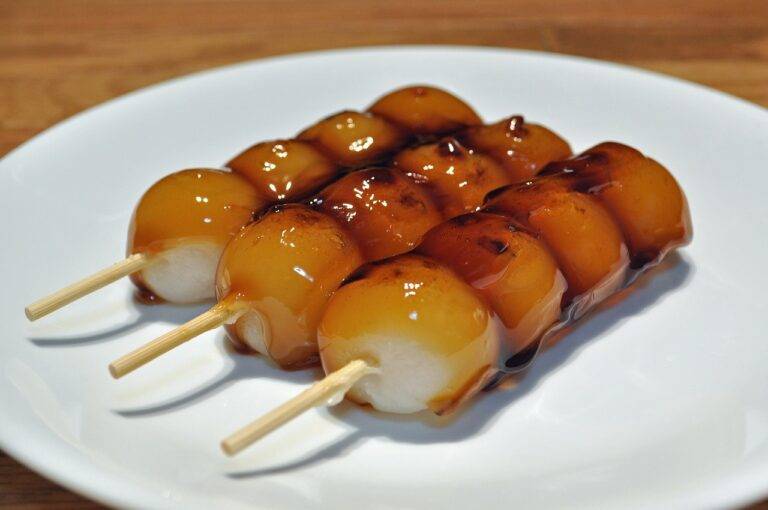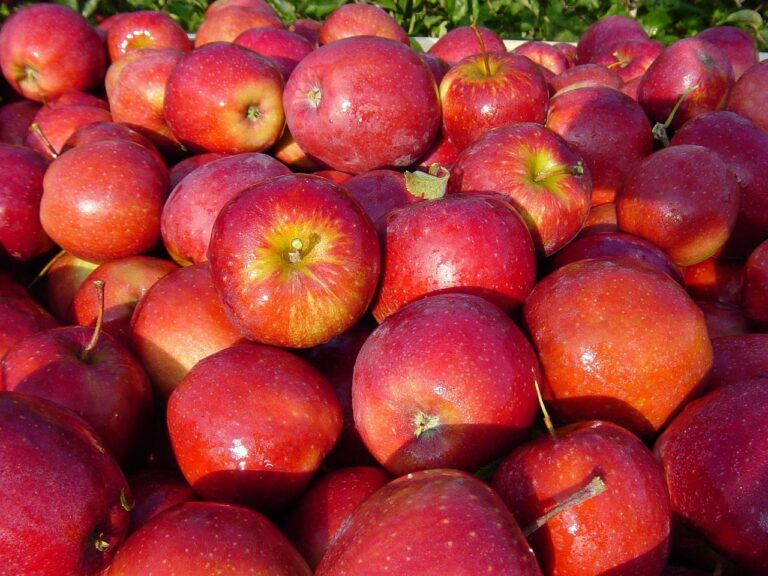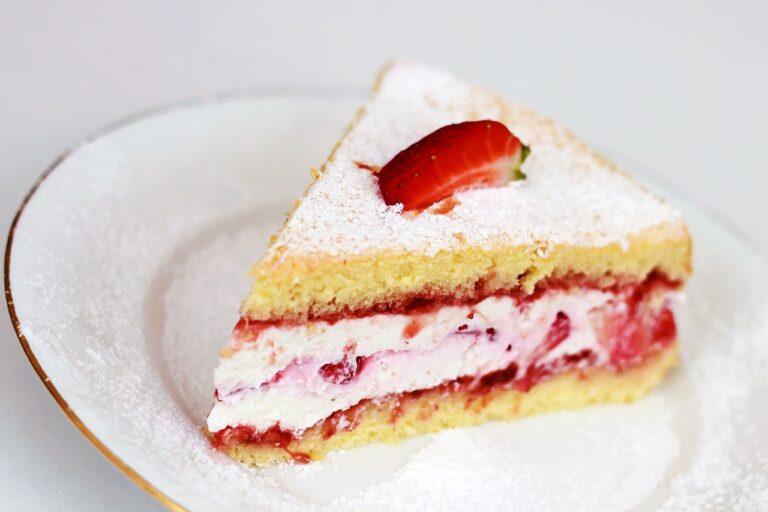Food Photography Tips for Instagram-Worthy Shots
When it comes to selecting the perfect background for your food photos, it’s important to consider the overall aesthetic you want to achieve. A simple and clean background can help your dish stand out and be the focal point of the image. Opt for plain surfaces like wooden boards, marble countertops, or solid-colored tablecloths to keep the focus on the food itself.
Alternatively, you can choose a background that complements the colors and textures of your dish. Consider using props such as vibrant napkins, rustic plates, or fresh ingredients to add interest to the composition without overpowering the main subject. Experiment with different backgrounds to find the one that enhances the overall look of your food photos.
Lighting Tips for Capturing the Perfect Shot
When setting up the lighting for your food photos, natural light is often the best choice. A well-lit window can provide soft, diffused light that enhances the colors and textures of your dish. Position your food near the window but avoid direct sunlight, as it can cause harsh shadows. Reflectors can also be used to bounce light onto the darker areas of your subject, creating a more balanced and appealing image.
If natural light is not available or insufficient, artificial lighting can be used effectively for food photography. Softbox lights or LED panels can mimic natural light and provide a consistent and even illumination. Experiment with the positioning of your artificial light source to avoid unwanted shadows and highlight the key features of your food. Additionally, consider using a white bounce card to fill in shadows and create a bright and inviting atmosphere for your food photos.
Composition Techniques to Make Your Food Photos Stand Out
When it comes to making your food photos stand out, one key technique is to play with angles. Experiment with shooting your dish from different perspectives to find the most visually appealing composition. Try shooting from directly above for a flat lay effect, or get down to eye level for a more intimate and engaging shot.
Another effective composition technique is to use the rule of thirds. Instead of placing your subject in the center of the frame, divide your composition into thirds both horizontally and vertically. Position your dish or focal point along one of these lines or at the intersection points to create a more balanced and visually interesting photo. This simple guideline can help create more dynamic and compelling food photos that draw the viewer’s eye in.
How important is the background in food photography?
The background is crucial in food photography as it sets the tone and enhances the overall look of your dish. Choosing the right background can make your food photos stand out.
What are some tips for selecting the perfect background for food photos?
Consider the color and texture of the background, ensuring it complements the food without overpowering it. Experiment with different surfaces like wood, marble, or fabric to find what works best for your dish.
How can lighting affect the outcome of a food photo?
Lighting is key in food photography as it can make or break the shot. Natural light is ideal for capturing the true colors of the dish, but if not available, artificial lighting can also work with the right setup.
What are some composition techniques to make food photos more visually appealing?
Use the rule of thirds to create a balanced composition, incorporate leading lines to draw the viewer’s eye to the dish, and play with depth of field to highlight specific elements in the photo.
How can I make my food photos stand out from the rest?
Experiment with different angles, props, and styling techniques to create unique and visually appealing compositions. Don’t be afraid to get creative and showcase your personal style in your food photography.

